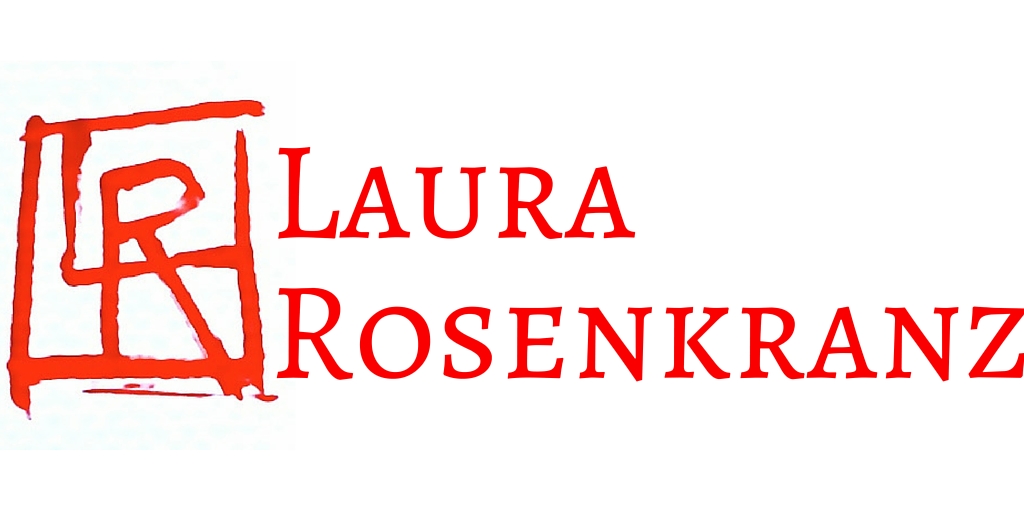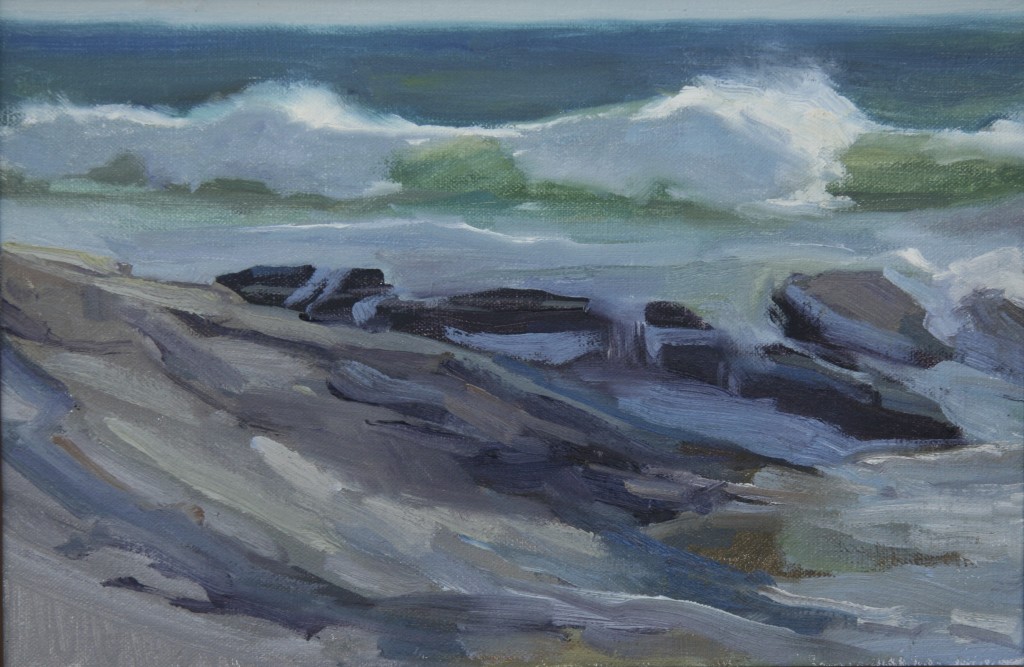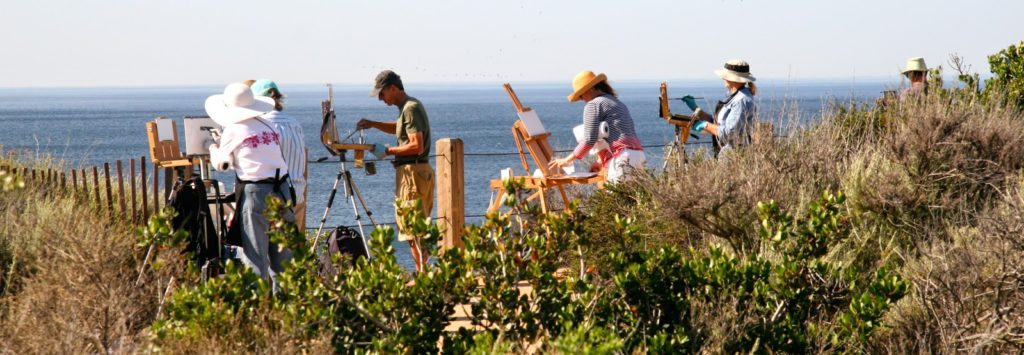I found out this week that my painting “Eventide at the Bolsa Chica Wetlands” was juried in to the LPAPA 10th Annual Best of Plein Air show. The show runs June 28th through July 18th at the Randy Higbee Gallery in Costa Mesa.
I became a member of the Laguna Plein Air Painter’s Association last fall and have found this group to be such an encouraging, inclusive, and professional organization. I love having the opportunity to paint with and receive instruction from the generous signature artists. And of course, love getting down to Laguna Beach to enjoy all the beauty and painting inspiration. It’s an honor to have my work included in this year’s Best of Plein Air show. Thank you LPAPA!








